For most people, cables are likely the least interesting or thrilling aspect of their hi-fi system. We’d all rather spend our time and money on shiny new speakers or a hot new turntable.
After all, those are the things that we can see and touch. Cables, on the other hand, are often an afterthought. But the truth is that these little connectors might be a vital part of your system, at least from a sonic perspective.
Even if you have the best speakers money can buy, they won’t function at their peak potential if you’re using subpar cables to connect them to your receiver or amplifier.
How Can Hi-Fi Cables Affect Sound Quality?
You might be wondering how such a small and simple component could make that much of a difference. After all, cables are just a bunch of wires sealed in an outer layer of insulation, right?
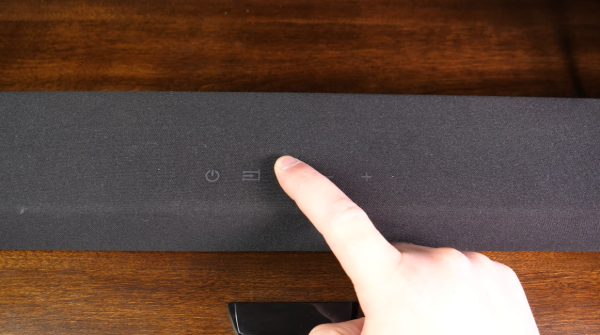
Well, that’s partially true. The type of wire used inside the cable, the way that wire is arranged, and the quality of the material surrounding it can all have an impact on sound quality. Each component in your hi-fi system is important, and the way those components are connected is surely no exception.
That being said, you’ll probably get the same audio quality from well-kept second-hand hi-fi cables as you would from buying brand-new ones. The core material and build quality will be the same, so as long as the cables aren’t damaged, you shouldn’t notice a difference.
If you want to look into used hi-fi cables, make sure you inspect them for any visible damage, like fraying or kinks in the wire. This may be an indication that the internal structure has been compromised and that the cable isn’t performing as it should.
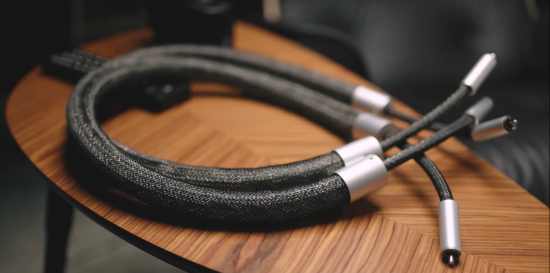
You may also notice slight changes in sound quality if the connectors are very old and have been used heavily over the years.
What Are the Different Types of Hi-Fi Cables?
Regardless of whether you decide to go for second-hand hi-fi cables or entirely new ones, you should be aware of the kinds of connectors available and what they’re used for.
That way, you’ll be able to make a distinction between what you need and what you don’t, and you can save yourself some money in the process.
Interconnects
Interconnects are the cables that connect your source components to your preamp or amplifier. These will usually have RCA attachments at both ends and will come in a stereo pair. Some high-end models have XLR connections, which are typically used in recording studios and professional audio setups.
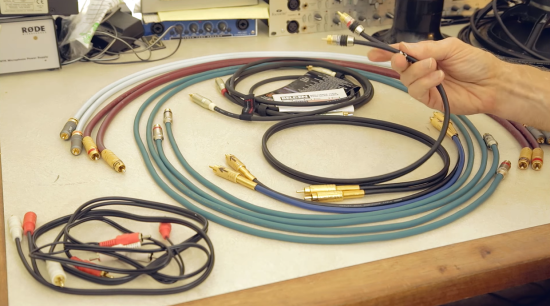
These cables carry the signal from the source in the form of an electrical current. That current is then amplified by your preamp or amplifier before being sent to your speakers.
How well this signal is preserved will have an impact on the audio quality, with a degradation in sound quality becoming more apparent the longer the cable is.
This is why you need to pick the right length when purchasing interconnects. You don’t want them to be too long, as that will result in a loss of signal strength. But you also don’t want them to be too short, as that might make your system seem cramped and cluttered.
Try to strike a balance between the two, and you should be fine.
Speaker Cables
These are the cables that connect your amplifier or receiver to your speakers. Like interconnects, they come in a stereo pair, with each cable running from one device to another. The most common type has banana plugs at both ends, although some models will have bare wire or spade terminals.
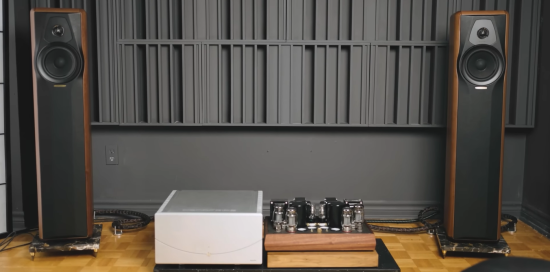
The gauge or thickness of the wires inside speaker cables is an important consideration. The thicker the wires, the better they’ll be able to handle the electrical current passing through them. That current is what ultimately drives your speakers, so you want to make sure it’s as strong as possible.
The downside of using thicker wires is that they can be more difficult to work with. They’re not as flexible, which means they might not fit in certain spaces. And they can also be heavier, which might put undue strain on your speaker terminals.
Digital Cables
Digital cables are used to connect digital source components, like a CD player or DAC, to your preamp or amplifier. The coaxial and optical varieties are the most sought-after models, mainly due to their ability to carry a digital signal without any interference.
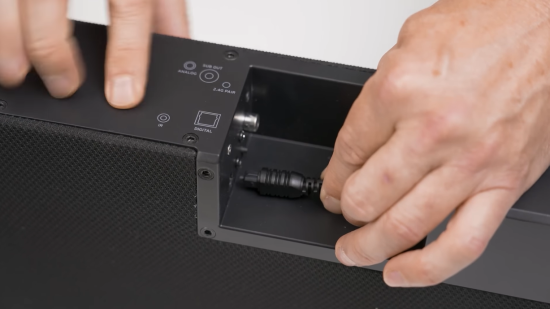
The source component sends a digital signal in the form of 0s and 1s to your preamp or amplifier. That signal is then converted into an analog one, which is amplified before being sent to your main audio output.
Phono Cables
These cables are used to link your hi-fi system to a turntable. They are often shorter than other types of wires because they don’t have to go as far, and they contain RCA connectors on both ends.
Turntables provide a signal that is substantially weaker than other types of source materials. It must therefore be amplified considerably before being transmitted to your speakers. This guarantees that the audio quality will be the same as it would be from other sources.
Additional Considerations
Apart from the make and model of your hi-fi cables, a few other variables come into play when determining the overall sound quality of your system.
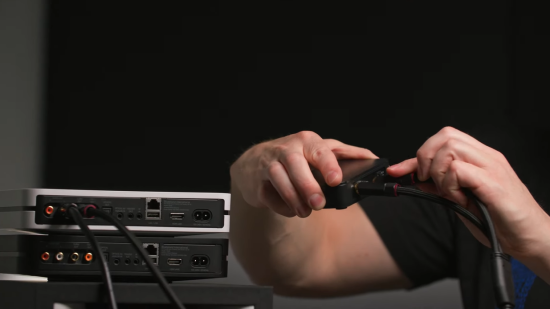
Materials
To the untrained eye, all cables are made from the same materials. They all look pretty much the same, so why should it matter what they’re made of, right? Wrong. Slight variations in the build materials are actually much more nuanced than you might think.
Silver is often touted as the best material to use because it has the lowest resistance. That means it doesn’t impede the electrical current as much as other metals, resulting in a clearer signal. But it’s also the most expensive option, so many manufacturers use copper instead.
Copper wires are made up of numerous thinner strands that are joined together. As a result, they are thicker than silver wires, which may reduce the sound quality. However, they are also far more reasonably priced, which is why they are so widespread.
Shielding
Here, the term “material” refers to the covering over a cable’s internal wires. Given their brittleness and vulnerability as well as the digital signal they carry, those wires require some kind of protection. Aluminium foil and mylar are also used, but copper braid is the most common type of shielding.
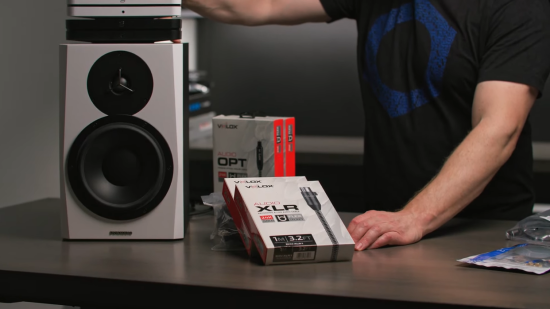
Power lines and other external sources of interference, such as electromagnetic fields, can be lessened through shielding. In essence, it serves as a shield between the inner wires and the outside world, preserving the signal’s purity.
Speaker Type and Position
The size and placement of your speakers may also interfere with the audio output quality. Smaller soundbars or speakers, for example, tend to have a less powerful bass response. And if they’re placed too close to the floor or in a corner, that bass might sound even weaker.
The same can be said for larger speakers. They might produce a more robust sound, but it won’t be as accurate as with smaller ones. That’s because they tend to have a less defined midrange and treble response.
Having a balanced system in terms of size and positioning is the best way to ensure optimal sound quality. That’s why most configurations feature devices of various sizes, placed in different parts of the room.
The post Hi-Fi Cables 101: Everything You Need to Know appeared first on The Product Analyst.
from The Product Analyst https://theproductanalyst.com/hi-fi-cables-101/
No comments:
Post a Comment